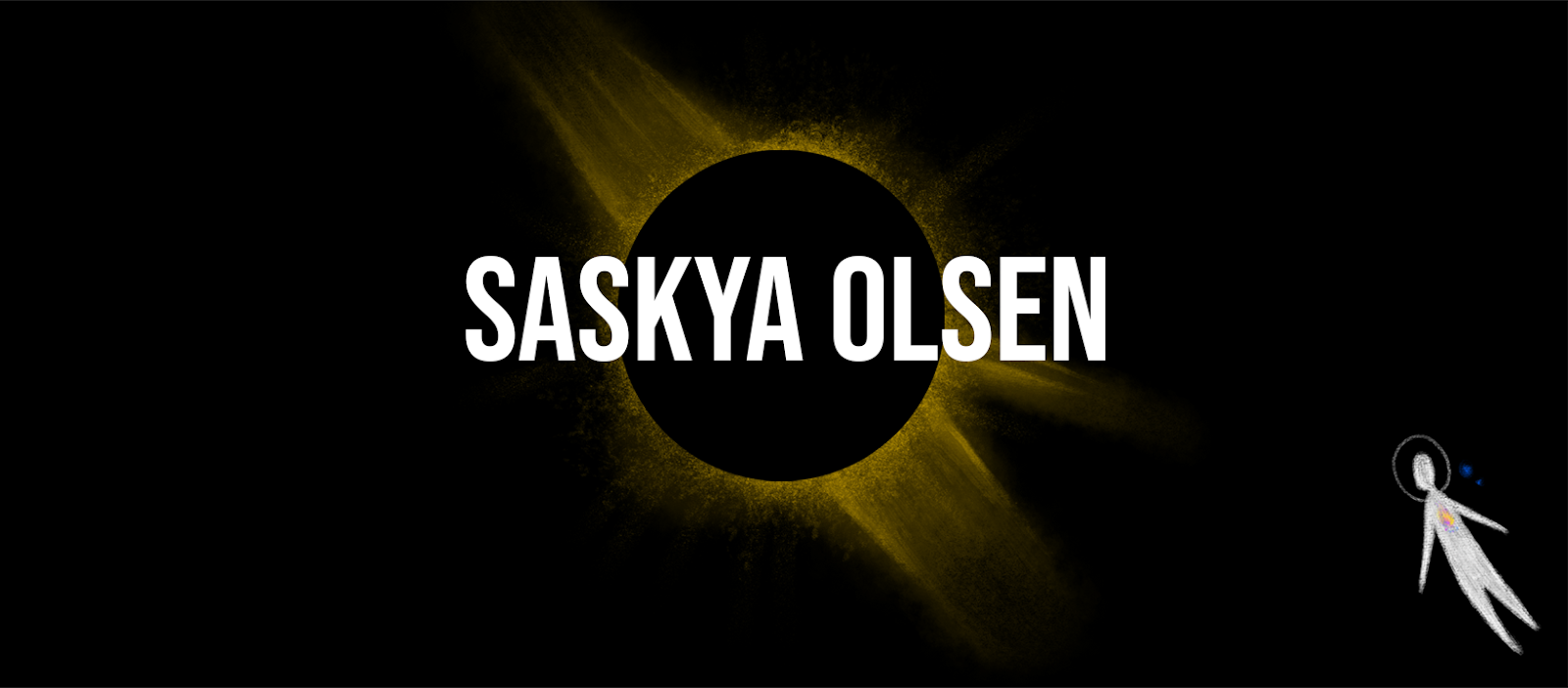Lecture Program & Film Reviews: Lecture #2 Archetypes and Storytelling
This session covered the fundamental archetypes seen in narrative, but it was expressed that the amount of architypes possible is limitless. A common convention within storytelling is the collision of opposite archetypes, this is called Enantiodromia which is the psychology of opposites; male and female, persona and shadow e.t.c. A persona is the way in which we present ourselves in everyday life and in literature, the persona is typically the hero archetype. We all have a shadow that balances our persona, the darker side of our psyche. In literature, the shadow is presented as the villain or antagonist. There are an infinite amount of Archetypes, but the most significant include:
- The Hero - The protagonist and viewers perspective. Their role is to restore balance and grow throughout their journey.
- The Herald - Announces the 'call to adventure', either a physical or abstract entity.
- The Mentor - Provides motivation, knowledge and guidance to the hero.
- The Threshold Guardian - tests the hero's ability to leave their normal world.
- The Shapeshifter - Gives the hero doubt during his journey. Deceptive.
- The Shadow - Represents darkness and evil.
- The Trickster - The clown character, tormenting the hero.
- Allies - A group of characters converted into one archetype. They advise the hero through his journey.
- The Father - Represents authority and power.
- The Mother - represents nurture and care
- The Child - represents innocence and has a childlike view of the world.
- The Maiden - represents purity and sexuality.
Archetypes in Princess Bride (1987)
Westley is the hero and protagonist of this film. He battles his own shadow and represents this by dressing in black to disguise himself as a different persona; Dread Pirate Roberts. When Westley reveals his face behind the black mask, he keeps his other black clothes on. This suggests that his new life as Pirate Roberts is as much part of his persona as 'farm boy Westley'. Buttercup also represents her archetype through costume, wearing red during her kidnapping to signify her maiden characteristics, representing sexuality. Her white dresses represent her purity.
The film manipulates some characters into many archetype categories. For example, Inigo and André begin the film as shadows with the intent to kill Buttercup. By the end of the film, the pair become allies to the hero and rescue Buttercup from the newly realised shadow, Prince Humperdinck.
Princess Bride plays with the viewers perception by narrating the fantasy story through another layer of the film, a modern day grandad reading a fairy-tale book to his sick grandson. This could represent the human psyche by including many layers of eyes (the real viewers and listeners as well as the on-screen listeners) to the fairy-tale narrative.
- The Hero - Westley
- The Shadow - Prince Humperdinck
- The Herald - The Grandfather
- The Threshold Guardian - Inigo, Vizzini and André
- The Trickster - Miracle Max
- The Mentor - The Grandfather
- Allies - André and Inigo
- The Mother - Grandsons Mother
- The Father - The King
- The Child - André
- The Maiden - Buttercup
- The Shapeshifter - André and Inigo


Comments